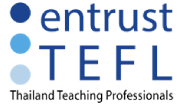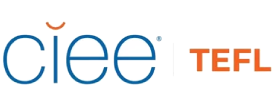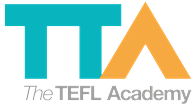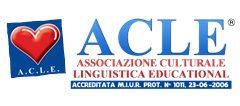WELCOME TO THE World TEFL Accrediting Commission (WTEFLAC)
The World TEFL Accrediting Commission (WTEFLAC) has now closed. The WTEFLAC was a private accreditor of TEFL/TESOL courses. The organization was originally set up to drive up standards in the industry.
When assessing providers, the organization would assess course content, administration procedures and marketing materials. They would assess the qualifications and experience of those running the course and, if the course was run on-site, carry out inspections.
The WTEFLAC accredited the following TEFL course providers, which means they followed their strict Quality Assurance Guidelines and all TEFL certificates from these providers are genuine.
WTEFLAC Blog
-
What was the WTEFLAC Code of Conduct?
Read More -
What Makes a good TEFL or TESOL Provider?
Read More -
Common Mistakes to Avoid when Choosing a TEFL Course
Read More -
The Pros and Cons of Online TEFL Courses
Read More -
What Value Does Accreditation Have for Students?
Read More -
WTEFLAC – What is Accreditation and why is it Important?
Read More













